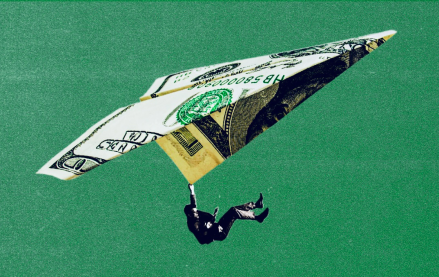Join us Dec. 1-3 in New Orleans for the Digiday Programmatic Marketing Summit

Tinder is making itself more welcoming to the transgender community.
Currently, the dating app only lets people identify themselves as male or female, leaving no other options for people who identify differently. Tinder, however, is adding new features within the next month that will let users identify as transgender.
“There’s an important transgender and gender nonconforming community on Tinder who haven’t had that experience yet,” CEO Sean Rad said at Code Conference today announcing the change. “This is not only the right thing to do for our users, it’s the right thing to do, period.”
Rad said Tinder is working with GLAAD and other LGBT organizations as it implements the changes.
Tinder joins OKCupid and Match.com, which are also owned by IAC, in allowing its users to identify themselves beyond the traditional gender binary. Tinder’s support sparks another mainstream moment for the community, which has been in the spotlight recently over various controversial laws on state and national levels.
While Tinder doesn’t say how many users it has (Rad did say the app has 1 million paid users), it’s a massive platform for the transgender community.
More in Media

Inside The Atlantic’s AI bot blocking strategy
The Atlantic’s CEO explains how it evaluates AI crawlers to block those that bring no traffic or subscribers, and to provide deal leverage.

Media Briefing: Tough market, but Q4 lifts publishers’ hopes for 2026
Publishers report stronger-than-expected Q4 ad spending, with many seeing year-over-year gains.

Rethinking entry-level hiring in the age of AI: A conversation with Amazon’s Diana Godwin
Godwin, general manager of AWS Certifications at Amazon Web Services, has some insight on how certifications are bridging the skills gap.





